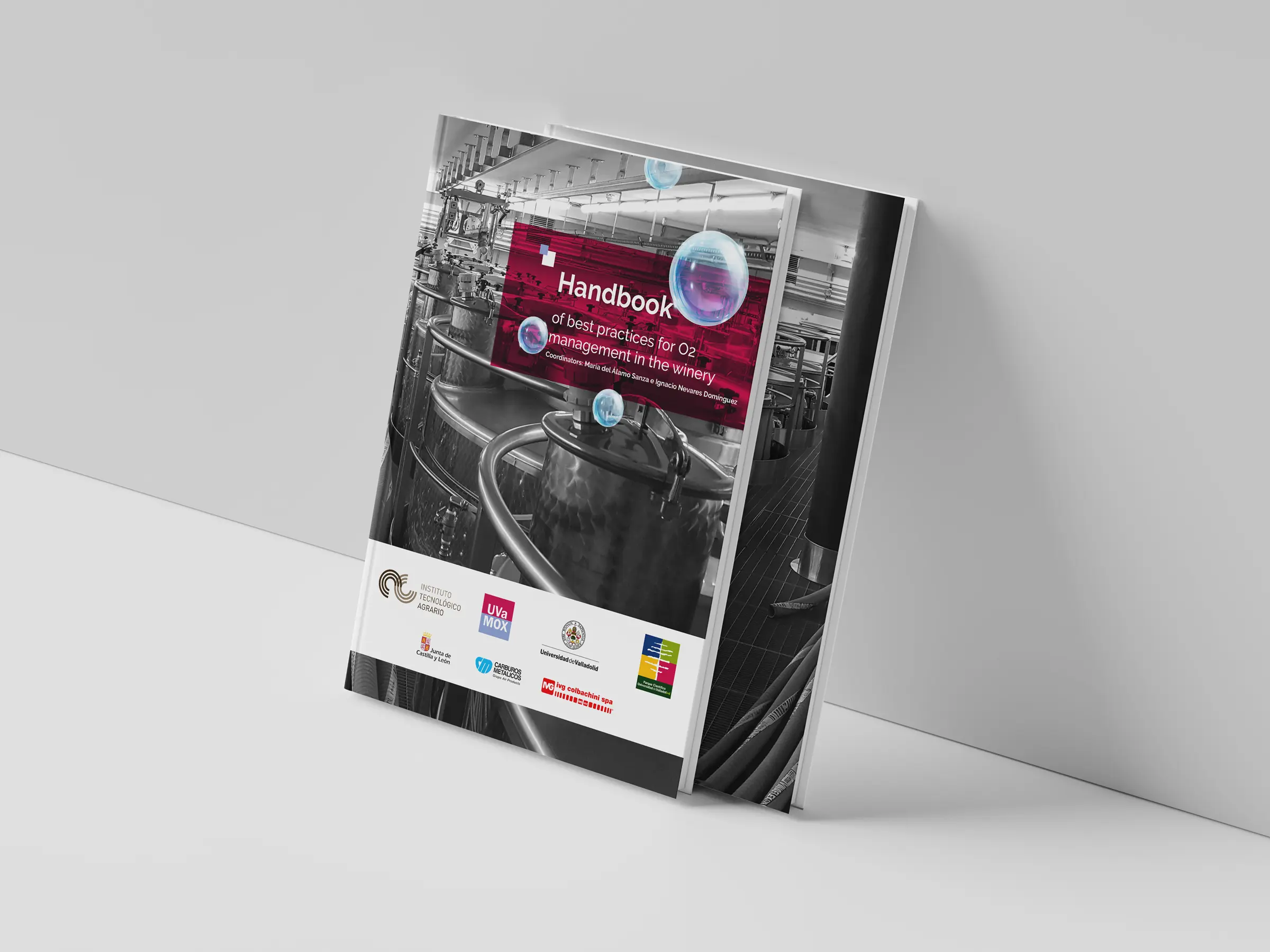Influence of Quercus petraea Liebl. wood structure on the permeation of oxygen through wine barrel staves
Ignacio Nevares, Maria del Alamo-Sanza, Víctor Martínez-Martínez, María Menéndez-Miguélez, Jan Van den Bulcke and Joris Van Acker
Wood Research amd Technology. Holzforschung
Abstract
The anatomical characteristics of oak wood, which is usually employed for making wine barrels, affect the properties of the wine, because these characteristics are related to the chemical compounds that can be potentially transferred to wine during the aging process. Grain, as the rate of tree growth, is the most commonly employed parameter to define the quality of the oak wood used in cooperage. Nevertheless, oxygen is a key factor in this process and there are few articles that evaluate the oxygen transmission rate (OTR) of the wood employed in cooperage. This work presents the evaluation of the anatomical characteristics of the French oak (Quercus petraea Liebl.) measured with X-ray computed tomography and the OTR of 267 wood samples extracted from recently constructed wine barrels. This study demonstrates that the OTR is dependent on the anatomical features of oak wood, the first step to classify a natural material as wood for custom oxygenation barrel making. OTR cannot be determined from the wood grain or any other single property because it depends on the overall anatomical characteristics of each wood sample, the grain and the average earlywood and latewood width being the three parameters with a stronger correlation with the OTR




